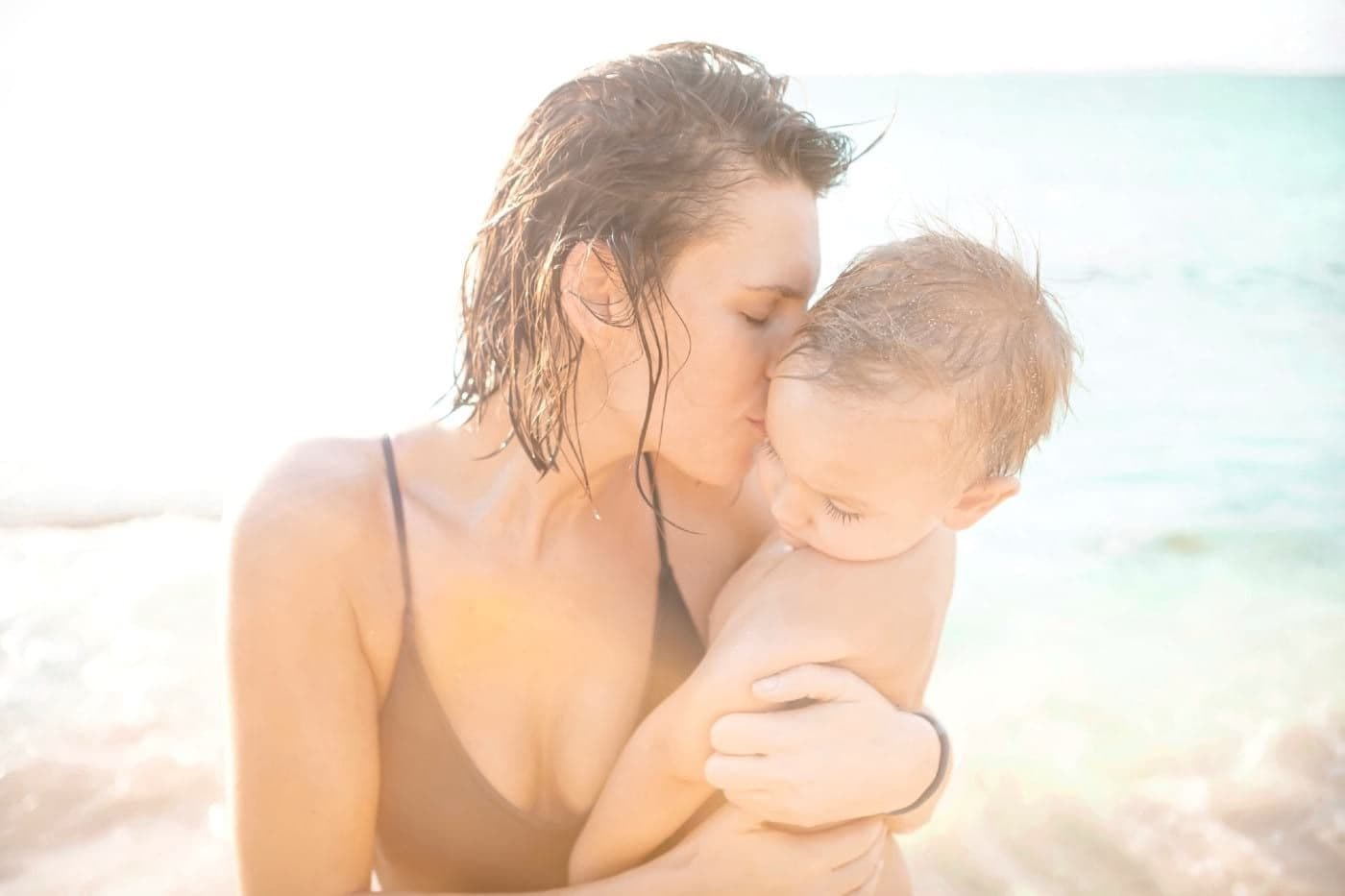PARENTS
6 Summer Safety Tips for Babies and Kids
It is summertime, and the living is easy…for kids, at least! For parents, the new season can bring new worries.

Written by
Dr. Harvey Karp

SHARE THIS ARTICLE
PARENT PICKS
Bestsellers
PARENTS

Written by
Dr. Harvey Karp

SHARE THIS ARTICLE
Bestsellers
It is summertime, and the living is easy…for kids, at least! For parents, all of that zipping across the playground, paddling around the pool, and frolicking in the sun can bring seasonal worries…ranging from scrapes and sunburns to more scary stuff, like drowning risks. However, by following a few common-sense safety tips, you can all enjoy some fun in the sun!
Slather up toddlers and big kids in sunscreen if you will be outdoors…and reapply it every two hours! To properly cover your child’s body, you need to use about 3 grams of sunscreen (that is about a shot glass worth!). For a kid’s face, you need about a half a teaspoon. Use mineral sunscreens when you can, and steer clear of aerosol spray sunscreens, which can cause coughing and wheezing in kids. And, babies under 6 months should not wear sunscreen at all. Instead, protect your lovebug in other ways: Find a shady place to sit (or put that stroller canopy to use), and dress your little one in a sun hat and loose-fitting clothing that cover her arms and legs.
Bug bites are on the rise…and with that, so are bug-borne diseases! If you will be spending time outdoors in a spot also frequented by mosquitoes, ticks, or other creepy-crawlies, you will want to make sure you are keeping your precious little ones protected. Keep bug bites away by wearing clothes they cannot bite through (long sleeves and pants, in woven fabrics), and avoid peak hours for bugs (this tends to be evenings for mosquitoes). For infants, use a mosquito net—such as Shoo, which securely attaches to SNOO to keep out pests. Try your best to avoid using chemical bug repellants…but if you must, apply it to your clothes instead of your skin (and really try to avoid using it on little kids and babies!).
Children under 5 are at the greatest risk for accidental drowning deaths, and research shows that many of these deaths happen when parents are distracted. An adult should supervise children at all times when they are around water, and NEVER leave children unattended in the pool for even just a few minutes. It is a smart idea to designate a specific person to be the pool supervisor…do not assume someone is keeping watch. Also, keep in mind that you cannot rely on a child’s flotation device or toys to keep your child afloat. However, you should make sure rescue equipment is on hand and accessible in the pool area. And of course, it is wise to enroll your child in swim lessons—and yourself in CPR training—just in case.
Though lots of fun for Mum and Dad, vacation homes and hotel rooms are not always the most baby- or toddler-friendly destinations. So, as you are packing your suitcase, make sure you throw in a few childproofing tools, including socket covers or bandage tape to cover outlets and cotton balls or bumpers to use on sharp corners. When you first arrive at your destination, get down on hands and knees to give yourself a baby’s-eye-view of the place. This will help you notice—and prevent—hazards like loose change that could be a choking risk, furniture that is not properly anchored, or dangling cords.
Summertime means endless exploring…but all of that frolicking tends to come with more boo-boos than usual. Be prepared for an uptick in scrapes, splinters, sunburns, and other minor injuries by kitting out your medicine cabinet with a few extra supplies…like some extra bandages, ointments, sunscreen, pain reliever, aloe, etc. Even better: Stash it all in a kit that you can carry along with all of your summer adventures!
Dehydration is a real drip, so it is important to stay hydrated when it is hot outside! Kids under 8 need about 4 to 6 glasses of water a day (more if they are active!). Offer water with meals and snacks, and be sure to pack a water bottle if you will be away from home. And for babies who cannot yet have water, that means making sure they are getting plenty of breastmilk or formula.
Disclaimer: The information on our site is NOT medical advice for any specific person or condition. It is only meant as general information. If you have any medical questions and concerns about your child or yourself, please contact your health provider. Breastmilk is the best source of nutrition for babies. It is important that, in preparation for and during breastfeeding, mothers eat a healthy, balanced diet. Combined breast- and bottle-feeding in the first weeks of life may reduce the supply of a mother's breastmilk and reversing the decision not to breastfeed is difficult. If you do decide to use infant formula, you should follow instructions carefully.